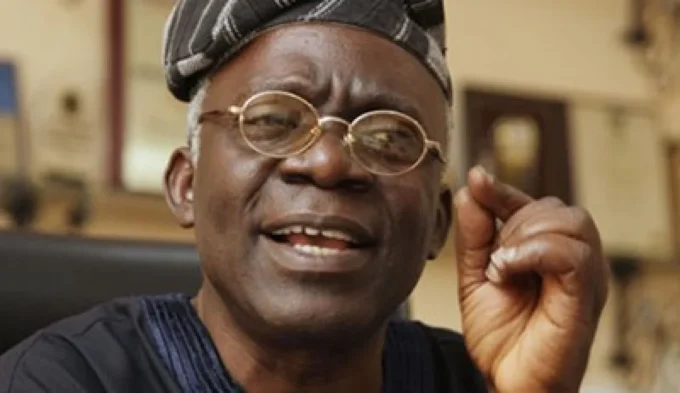Fiber optics can address several important needs for automotive wiring harnesses, including lightweight, high bandwidth, and electromagnetic compatibility (EMC). This article begins by reviewing the benefits of fiber optics in automotive wiring harnesses. It then considers how fiber optics supports media-oriented system transport (MOST) networks and advanced driver assistance systems (ADAS).
It then looks into the future and how fiber optic connectivity is being developed for connected, autonomous, shared, and electric (CASE) vehicles. It closes by reviewing fiber optics’ sustainability benefits.
Modern automotive wiring harnesses, fiber optics, and copper wiring are often integrated directly into the harness. Fiber optic links transmit high-bandwidth data signals for applications such as advanced driver assistance systems (ADAS), entertainment systems, and safety-critical controls. They are particularly well suited for transmitting complex video signals or data from multiple sensors to a central electronic control unit (ECU).
Also read: Enhancing Your Off-Road Experience: The Importance of CFMOTO ZForce Accessories and Cab Enclosures
High bandwidth can be supported using OM3, a multimode fiber optic cable with a 50-micron glass core and an 850 nm vertical-cavity surface-emitting laser (VCSEL) light source. Other benefits of this approach include (Figure 1):
- compact, lightweight solutions
- support tight bends, enabling new cable routing possibilities
- immunity to EMI simplifies installation
- greater sustainability (see the article’s final section for some details)

Figure 1. Using fiber optics results in multiple benefits in automotive wiring harnesses. (Image: IEEE Standards Association)
MOST and ADAS
Plastic (or polymer) optical fiber (POF) can support MOST and ADAS. There are several MOST versions, including MOST25, MOST50, and MOST150. The original specification for MOST25 uses only a POF with a 1mm core and LEDs emitting red light. MOST50 and MOST150 support both optical and electrical interconnects.
As in-vehicle multimedia has become more sophisticated, including the use of high-definition video and surround camera systems, also called 360-degree camera, bird’s-eye view camera, or aerial-view display system, needs high bandwidth to integrate the images from multiple cameras in real-time to provide a 360-degree view of the area around a vehicle.
An increasing number of applications rely on in-vehicle optical connectivity, including safety networks like cameras for pedestrian warning systems, radar and LiDAR for ADAS functions, and control networks for engines, brakes, and so on (Figure 2). One promising application for fiber optics is automatic braking, where the high speed and immunity to EMI can increase system reliability.

Figure 2. The MOST network (red) is already based on fiber optic connectivity, and ADAS (yellow) is transitioning to fiber optics. (Image: Hamamatsu)
Also read: Telit’s Latest LTE Module Gains AT&T Network Approval, Boosting IoT Connectivity
Enabling CASE
New concepts in optical wiring harnesses are being developed to support CASE. For example, a harness with a transmission speed exceeding 10 Gbps has been proposed to support high-resolution sensors like LiDAR, Radar, and cameras. The wiring harness will include a unique optical signal-splitting function.
A polymer-based optical waveguide is designed to provide a passive, no-power way to split the optical signal. It will support simultaneous signal transmission from a high-resolution sensor, such as a camera, to the ADAS ECU and a display in the passenger compartment (Figure 3).

Figure 3. A polymer-based optical waveguide splitter function has been proposed for fiber optic wiring harnesses. (Image: Sumitomo Electric)
Sustainability
Optical connectivity can improve the sustainability of automotive wiring harnesses, in addition to other performance benefits. Using pulses of light to transmit data consumes less energy than electrical signaling. Producing glass and plastic optical fibers has less environmental impact than mining copper for twisted pairs, coaxial, and other cabling options.
Glass fibers are made using readily available materials like sand, and plastic optical fibers can be made using recycled materials like Poly(methyl methacrylate) (PMMA), commonly called acrylic, and polyethylene terephthalate (PET), which are commonly used for packaging food, beverages, and other products. Glass and plastic optical fibers are just as recyclable as copper conductors.
Also read: Co-packaged optics: increased data rates elevate reliability risks.
References
Advanced Multigigabit Glass Optical Fiber Automotive Ethernet Link and Test Solutions, IEEE Standards Association
EMC-safe and Robust Automotive Gigabit Connectivity, KDPOF
Fiber Optic Connections for MOST Networks, TE Connectivity
In the vehicle multimedia network, Hamamatsu
Sumitomo Electric Accelerates the Development of Automotive Optical Harnesses for PracticalUse in 2026, Sumitomo Electric
The Future of Automotive Wiring Design: Trends and Predictions, Cadonix
WTWH related links
How are terahertz connectors different?
What multidrop SPE architectures are there to choose from?
Smarter, safer, cheaper: How Ethernet will enable the car of the future
The future of Autonomy for on-highway Vehicles
What are ZIF and LIF connectors and where are they used?













Leave a comment